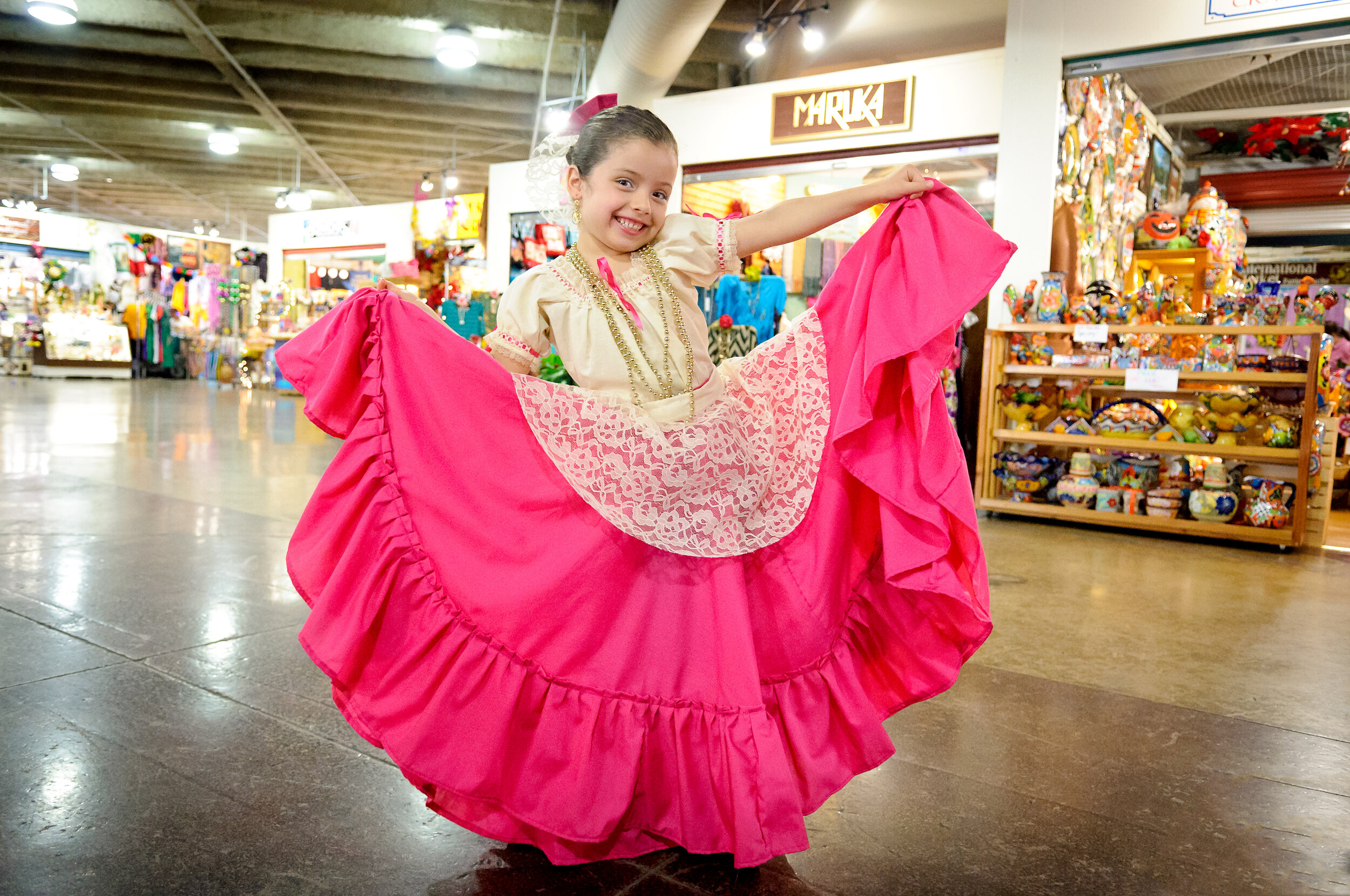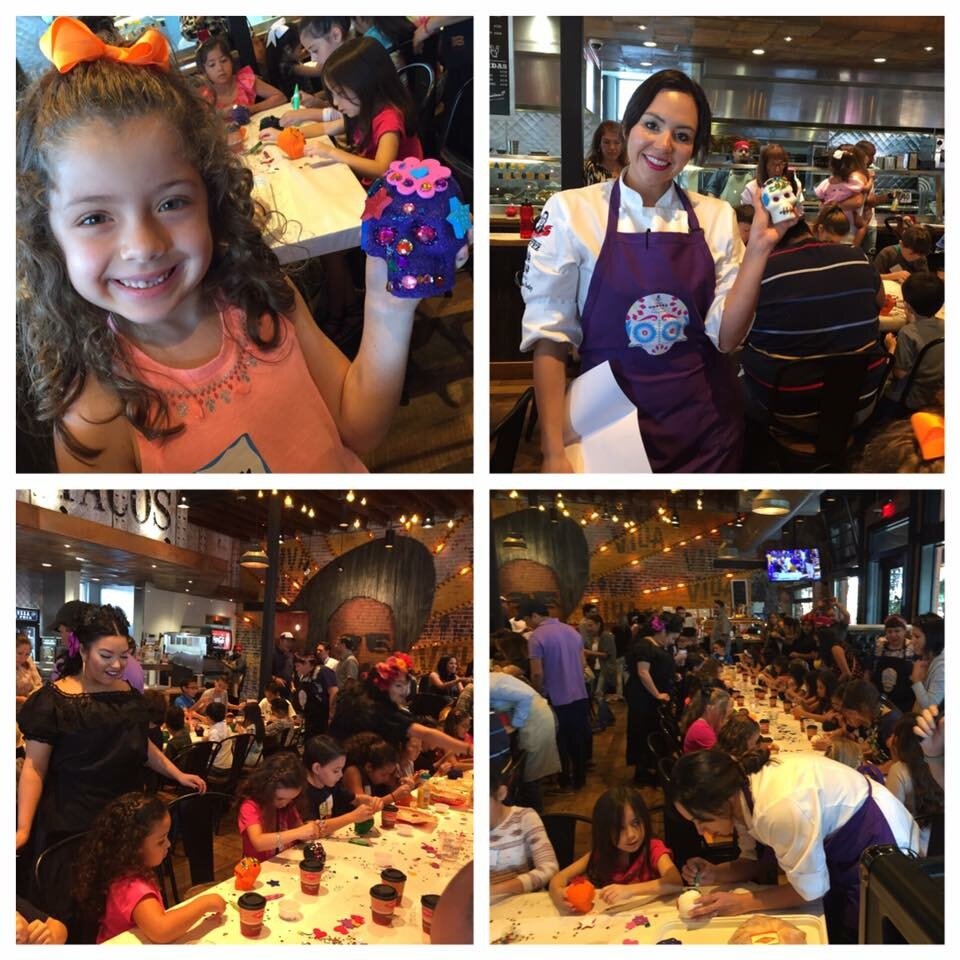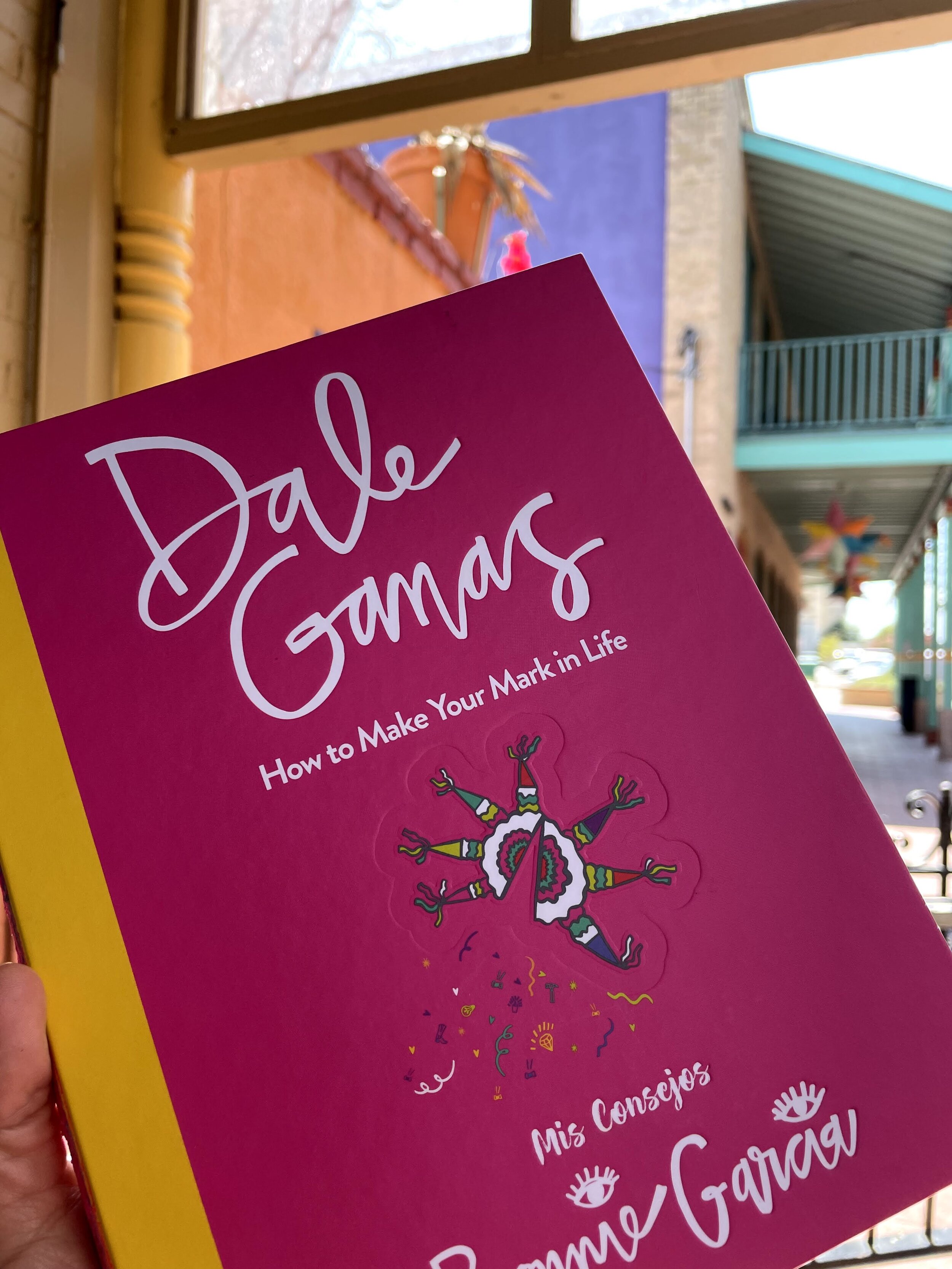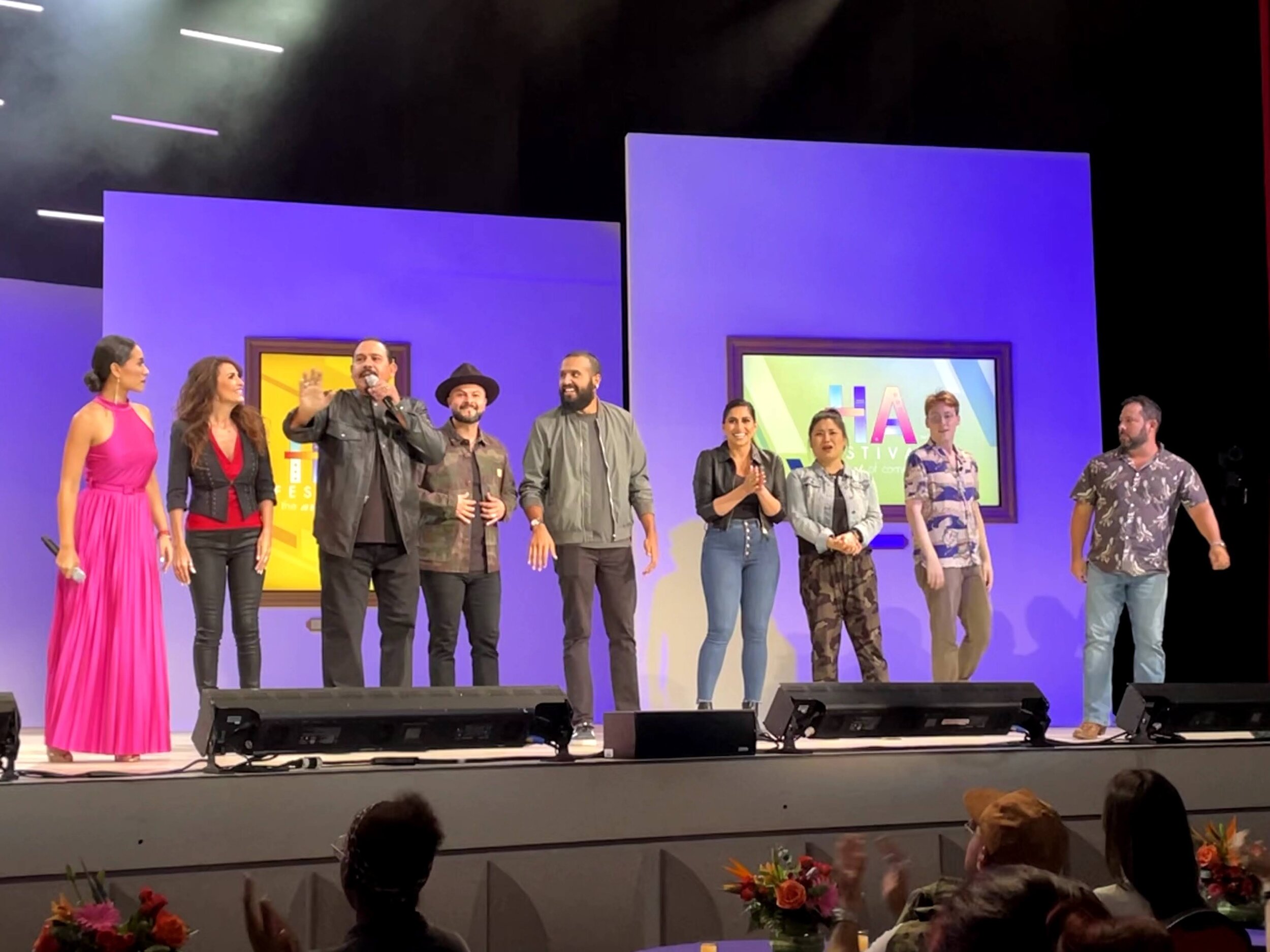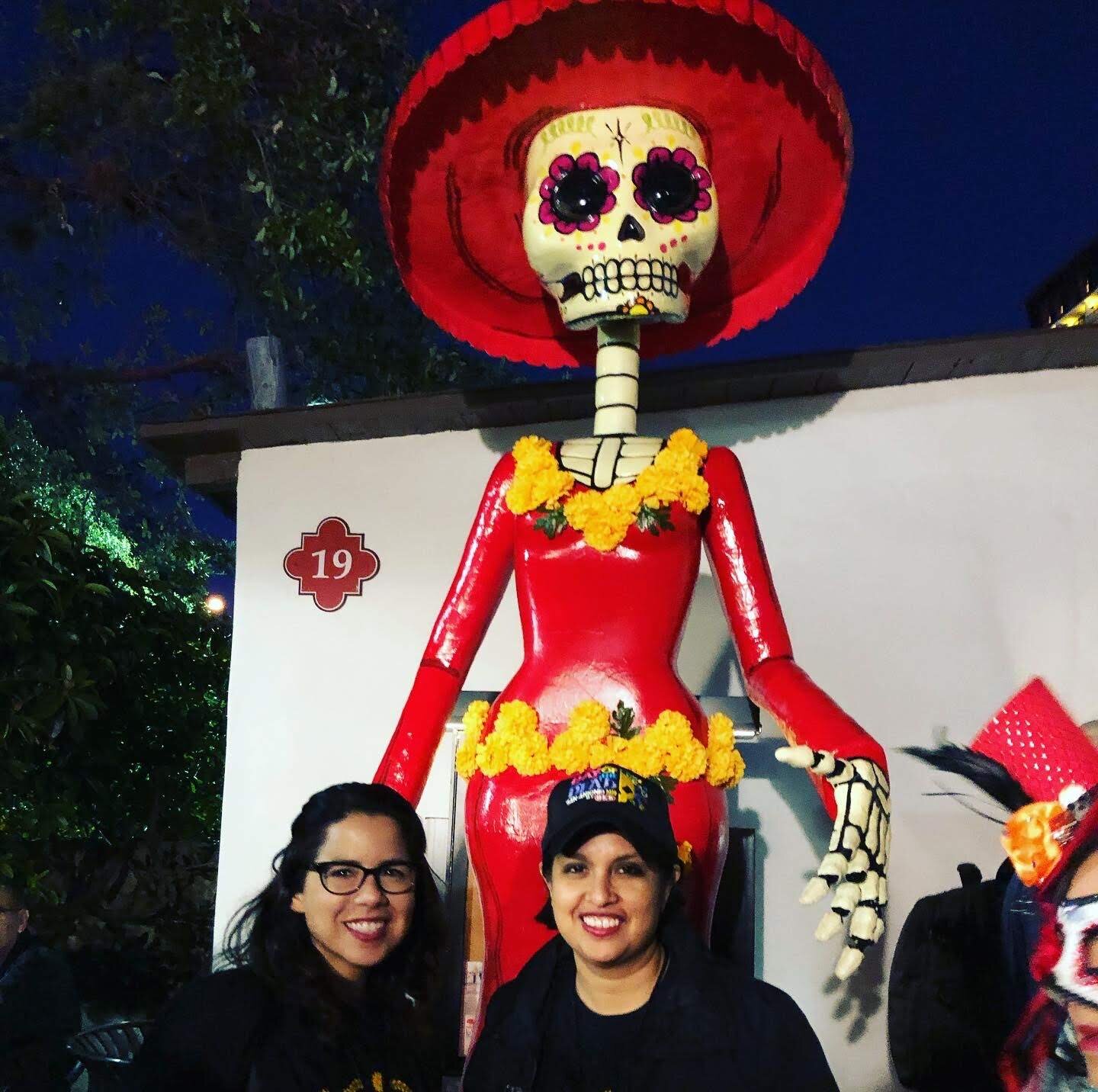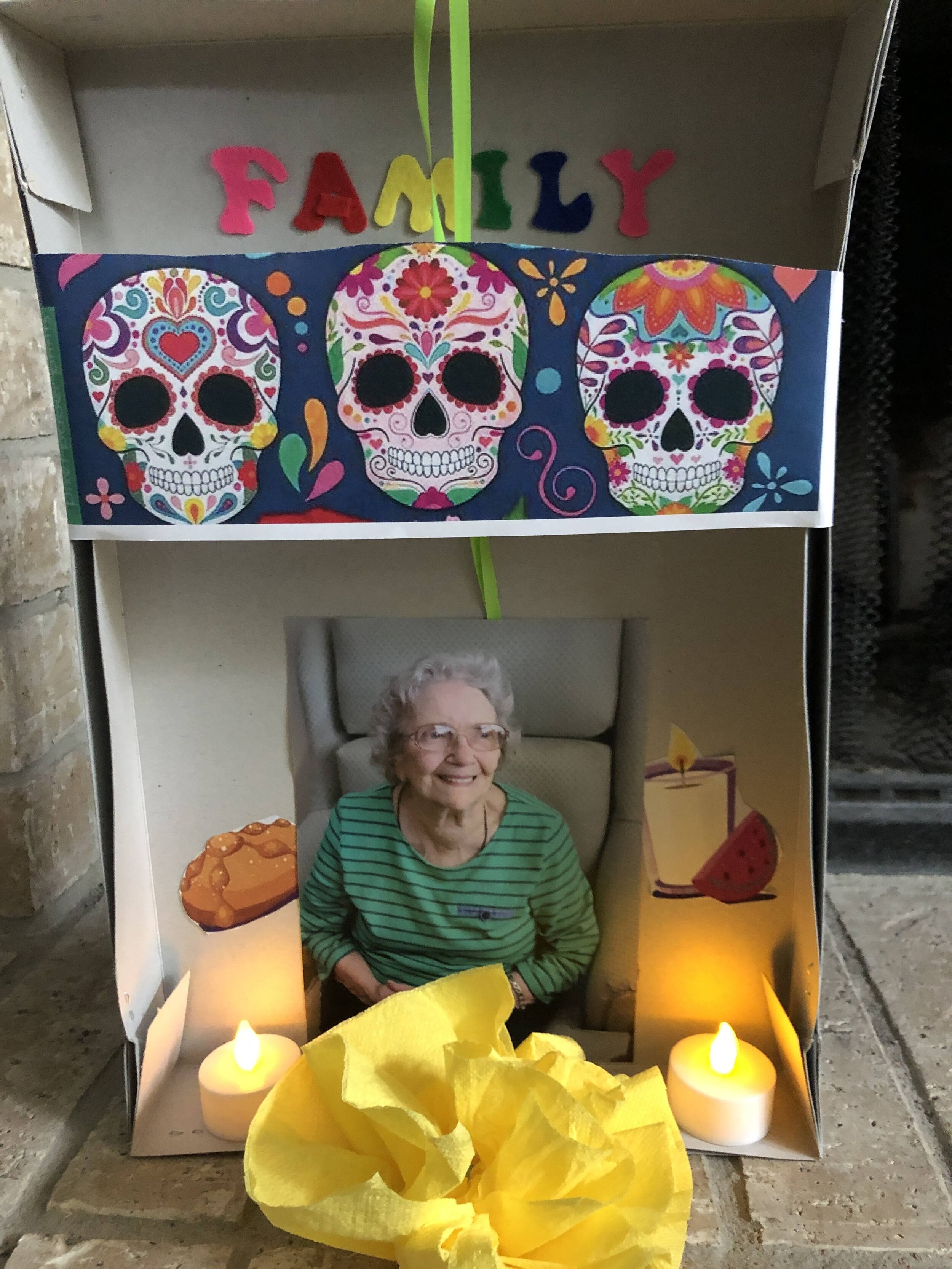Census Says: Hispanic Heritage Month is a Must
Hispanic Heritage Month helps remind us of the rich traditions, leaders, and shared values that make the Hispanic or Latino culture so significant. And that significance is rising -- the Latino population represented some big statistical shifts recently in the latest U.S. Census.
Each year, Hispanic Heritage Month starts on September 15 and lasts through October 15. It’s the only national cultural observance that starts mid-month. Here’s why -- Sept. 15 is the anniversary of independence for Latin American countries Costa Rica, El Salvador, Honduras, Nicaragua and Guatemala. Mexico and Chile celebrate their independence days on September 16 and 18 respectively. Día de la Raza, October 12, also falls within this 30-day window.
There’s a lot to commemorate during this short time. No matter your market area, encouraging your organization or client to embrace this month makes good fiscal sense given our growth as both consumers and business owners. And as Sr. Director of Customer Insights for H-E-B Erika Prosper shared in her talk with the Texas Diversity Council, studies show that Latinos are “most likely to vote with their wallet” compared to other groups. Did your organization celebrate HHM this year?
America is More Latino than Ever
For the first time in history, the white population decreased in the United States and major growth happened in the Latino, Asian and multiracial populations in the recent U.S. Census. The stats show that the American population is more “diverse” and Latino than ever before.
The country increased by 22.7 million people and we’re now over 331 million as a total Hispanic population. Of that population growth, those who self-identified as “Hispanic or Latino” led that growth with a 23% increase. That’s more than 1 in 2 people or 51.1% of the population as analyzed by Dr. Rogelio Saenz from the University of Texas at San Antonio.
Observances Offer Opportunities
As any good public relations pro knows, timing is important and cultural months or observances offer opportunities to create programs, events or event news. You need a plan before latching onto these events or assuming you know the Hispanic market, though. Depending on where you live, the Latino influence and lived experience can be very different. Western and Southern parts of the U.S. tend to be heavily influenced by Mexico, while the East Coast traditionally has had a mix of Latinos like Dominicans, Puerto Ricans and Cubans. Many of these groups have strong national or heritage pride and don’t want to be confused for one another. And we come in all shades of the spectrum from white-passing to Black. Language uses and cultural norms can differ as well.
A good plan would include having a diverse team that includes experts from the Latino community who have researched the local market nuances. For instance, does your market tend to be younger or older? Who are their cultural influencers? What music and food do they enjoy and what language do they prefer? It’s a myth that targeting the Hispanic or Latino market means you must communicate in Spanish. Latinos in the U.S. who are first-generation born and beyond often consume a lot of their content in English. Music is consumed in Spanish at a higher rate though because music in Spanish still hits all the right notes even if we can’t speak Spanish. That’s certainly true for me! Even Spanish language journalists are open to working with English interviewees and press materials. So consider who you need to speak with and what language they use most before assumptions occur.
On the other hand, don’t ignore integrating Latino cultural attributes into English language content. Our love of family, food, music, and respectful heritage integration can be the basis of strong brand/consumer relationships. If this is new to your organization, hire a consultant or agency known for doing this successfully to help you make smart and socially responsible steps in that direction.
Plan With a Community Approach
Hosting experiences work well for interpersonal engagement but work with key community members to include respectful practices alongside any fun. You’ll notice I’ve mentioned being “respectful” multiple times. That’s very important in the Latino culture within our family structures, upbringing, and therefore our external relationships.
Also, plan with the family unit in mind. Events or even volunteer opportunities that are family-friendly are more likely to be attended because the Latino culture is communal and “we” focused. Even though your event may cater to young Latino millennials, it’s not uncommon to see their parents celebrating with them or grandma/pa wanting to come. In most Hispanic families, you will probably find at least one party planner! They may be a good start for your focus group or planning committee. They know who the DJs are, where to get decorations, which restaurant has the best catering, and ways to celebrate that resonate.
Also, if you live in an area with a large Hispanic/Latino population, you should be aware of many other observances like Holy Week, Cinco de Mayo, Día De Los Muertos, and Fiesta (a don’t-miss major celebration in San Antonio ).
Most importantly, it’s past time to recognize the real contributions Latinos have and will make in our society. We’re over 64 million strong and growing every year. Sheer buying power alone should make companies care. Find a way to get involved. Chances are high there is a foundation, nonprofit, association, chamber, or professional that can guide your involvement.
Let us know if you need any help!

